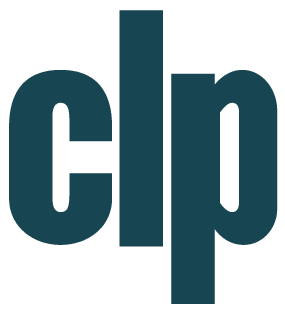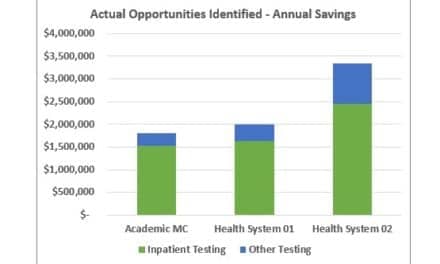The update adds thousands of new concepts to streamline the exchange and management of laboratory data between LOINC and SNOMED CT systems.
Regenstrief Institute and SNOMED International have released LOINC Ontology 2.0, an updated version of their interoperability solution designed to streamline the exchange and use of health data across the globe.
The new version expands the ontology with approximately 6,000 additional concepts. This includes more than 2,500 new “Orderable Grouper” concepts, which provide higher-level groupings for laboratory orders within a new organization hierarchy called LABORDERS.ONTOLOGY. The update is intended to make it easier for health information system implementers to deploy and manage a broader range of concepts from both Logical Observation Identifiers Names and Codes (LOINC) and Systematized Nomenclature of Medicine – Clinical Terms (SNOMED CT).
Developed as a joint solution, the LOINC Ontology helps organizations that use different combinations of the two standards to meet clinical and regulatory requirements. Instead of navigating a flat list of tens of thousands of concepts, implementers can now use the organizational hierarchy to locate and manage related tests more efficiently. The update is in response to international users who requested clearer navigation and application. Instead of working with a flat list of tens of thousands of concepts, implementers can now use this organization hierarchy to locate and manage related tests more efficiently.
Standardizing Lab Orders and Results
Version 2.0 continues to support the ongoing development of standardized laboratory orders and results for exchange and use in health data systems globally. Each grouper combines component, system (specimen) and a new “measurement” property to group related result concepts, giving users an at-a-glance structure that encompasses three or more related tests. These concepts are designed for ordering, not for reporting results, and align with the granularity typical of laboratory order catalogs.
“Many laboratories need order codes that are more abstract than result codes,” says Marjorie Rallins, DPM, MS, executive director of health data standards at Regenstrief, in a release. “With these new Orderable Grouper concepts, we’re giving the community a better way to align laboratory ordering practices with the rich specificity of LOINC. The LOINC Ontology is novel and transformative in providing clinical observation content in an integrated format that accelerates interoperability and supports stakeholders with meeting clinical and regulatory requirements.”
The release builds on a partnership established in 2013 and a milestone agreement signed in 2022 to create a LOINC extension of SNOMED CT.
“Significant commitment and collaboration have gone into producing this Ontology,” says Don Sweete, CEO of SNOMED International, in a release. “SNOMED CT contributes the computable clinical framework, semantics and terminology that anchor the Ontology 2.0 hierarchy, enabling navigation, decision support, analytics and global interoperability alongside LOINC’s laboratory content.”
Key highlights of LOINC Ontology 2.0 include:
- LABORDERS.ONTOLOGY concepts: Each combines component, system (specimen) and a new “measurement” property to group related result concepts.
- Created for ordering, not results: These concepts provide a granularity consistent with typical laboratory order catalogs but should not be sent as result codes.
- Clearer navigation: Users gain an “at a glance” structure that encompass three or more related result concepts for easier browsing.
- Guidance and training: Tutorials and educational resources will be developed to support correct implementation and prevent misuse.
The LOINC Ontology is owned by Regenstrief Institute and is available free of charge under the existing LOINC royalty-free license.
ID 313569996 © Yan Zabolotnyi | Dreamstime.com





